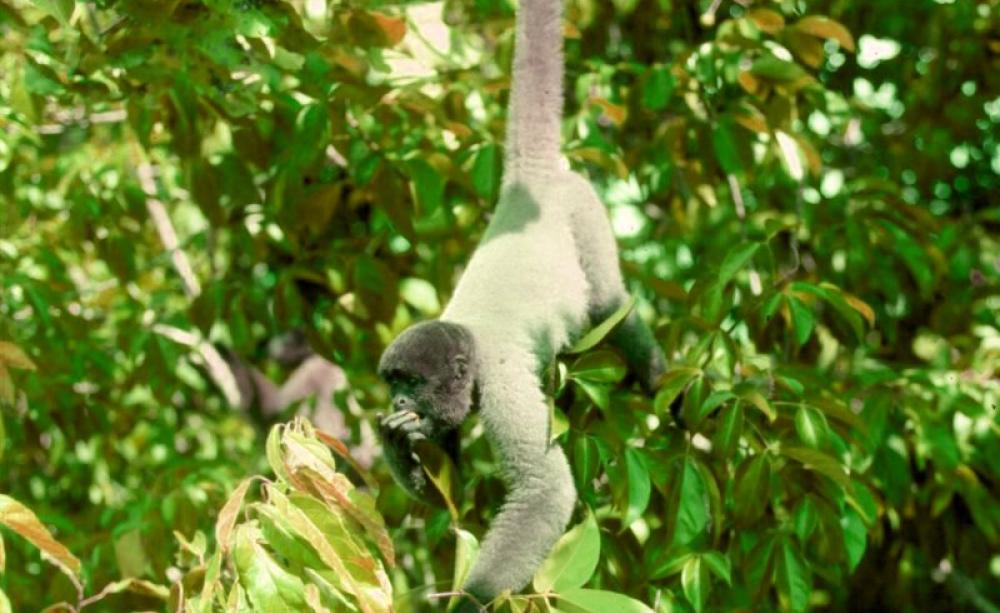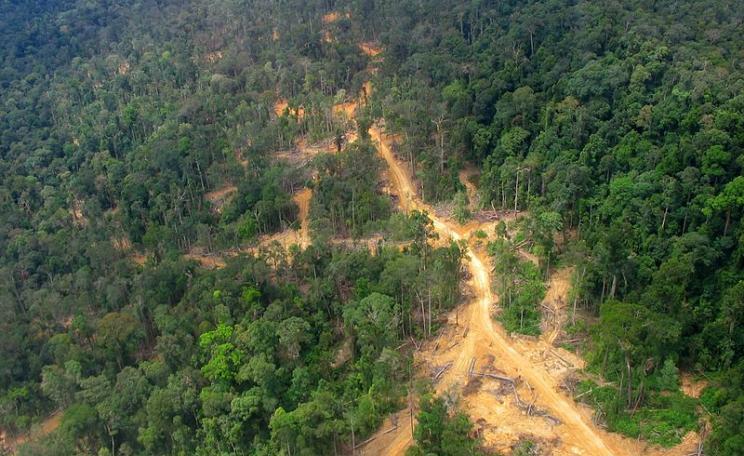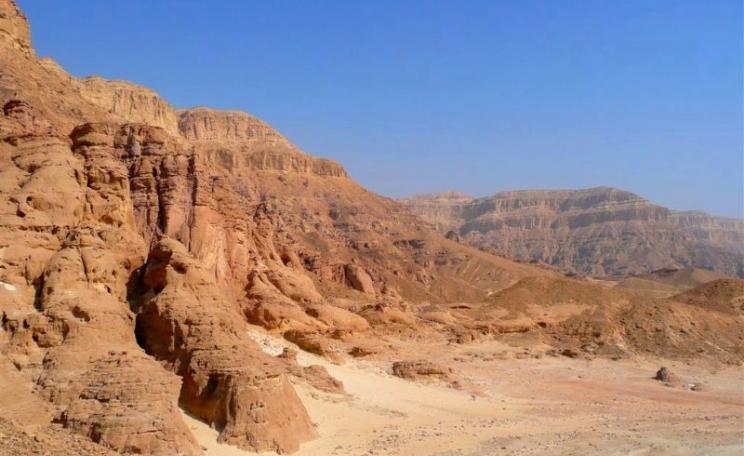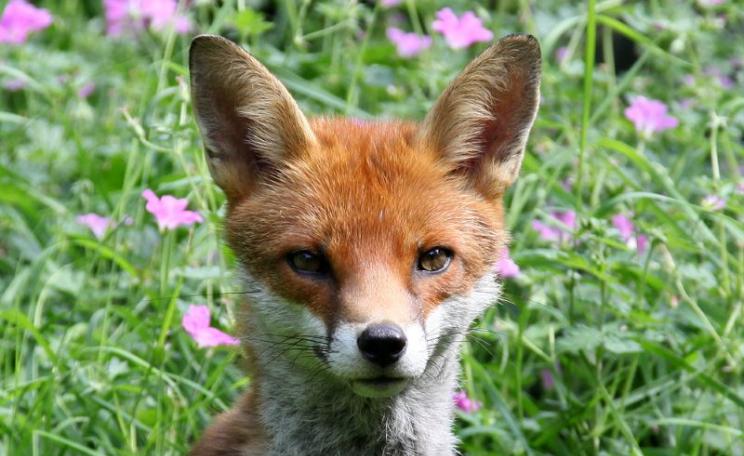Biodiversity and natural ecosystem services are inextricably linked. The environmental services provided by tropical forests depend on fully functional forest ecosystems that retain a full complement of wildlife species.
Over-hunting of large mammals in the Amazon rainforest could make climate change worse, according to new research from the University of East Anglia (UEA).
The research shows that much of the above-ground carbon stock of Amazonian forests could be lost if large-bodied fruit-eating mammals continue to be hunted out, and that over-hunting adds to the Amazon's many threats which include deforestation, timber extraction and wild fires.
The scientists state: "Tropical forests are the global cornerstone of biological diversity, and store 55% of the forest carbon stock globally, yet sustained provisioning of these forest ecosystem services may be threatened by hunting-induced extinctions of plant-animal mutualisms that maintain long-term forest dynamics."
Lead researcher Prof Carlos Peres, from UEA's School of Environmental Sciences, explained further: "Amazonian forests provide globally important ecosystem services, including carbon storage in the forest biomass.
"Our research shows that if people continue to overhunt large mammals, tropical forests could lose much of their capacity for carbon storage. This is because several large mammal species play a vital role in dispersing large-seeded trees associated with high wood density."
Although the findings may not apply to other forests, they do highlight a potential threat that needs to be explored: that changes in forest ecology, like those resulting from the loss of 'keystone species', may significantly reduce forest biomass and carbon sequestration even in forests that appear superficially intact.
And they send a powerful signal to policy-makers that commercial hunting for the 'bushmeat' trade as widely practiced in the rainforests of West Africa and the the Congo Basin may be causing the forests long term harm and reducing their timber production potential.
Species impoverishment a widespread but unseen problem
The study, published this week in the Proceedings of the National Academy of Sciences, compares data from 166 wildlife surveys conducted across the Amazon basin to estimate the impact of hunting on game species with low reproductive rates, such as primates.
Based on nearly one million individually mapped rural households, the study shows that the total remaining forest area affected by hunting far exceeds the total area that has been deforested to date.
The study uses data from 2,345 one-hectare forest plots that were surveyed throughout the Brazilian Amazon, containing some 129,720 large trees. Simulations showed that between 77 and 88% of all plots lose above-ground forest biomass in overhunted forests.
It shows how persistent over-hunting of large mammal populations leads to empty or half-empty forests. This in turn disrupts seed dispersal, and leads to long-term ripple effects for forest carbon stock, says Peres:
Biodiversity and natural ecosystem services are inextricably linked. The environmental services provided by tropical forests depend on fully functional forest ecosystems that retain a full complement of wildlife species.
"Amazonian forest wildlife has been declining through a combination of habitat destruction, habitat degradation and overhunting since the 1950s, but until now there was a poor understanding of the status of wildlife populations in hunted forests that otherwise remain intact and free from other human disturbances.
"We show that dense-wooded, large-seeded Amazonian tree species are replaced by light-wooded trees that produce smaller seeds, which continue to be dispersed in overhunted forests by more resilient smaller mammal and bird species."
Loss of seed dispersers drives forest decarbonisation
The reason for the problem is that many Amazonian trees depend on animals to disperse their seeds. For example the agouti, a large Amazonian rodent, is the only species able to break through the cannon-ball like shell in which Brazil nuts are found. Without them, the majestic (and carbon-rich) Brazil nut tree is unable to reproduce.
Tapirs are another key seed disperser that are sensitive to hunting. When tapirs are lost in addition to large primates, such as woolly monkeys and spider monkeys, nearly nine out of every ten plots will lose forest biomass.
The authors conservatively estimate that an average of 5.8% of the above-ground carbon stock of Amazonian forests could be lost if vulnerable large-bodied fruit-eating mammal species continue to be hunted out, even if the forest is protected against other threats.
Prof Peres said: "Fortunately Amazonian parks, sustainable-use reserves and indigenous territories now cover more than half of the Amazon basin, but these forest reserves should effectively protect the forest megafauna, rather than just the forest cover.
"Our research suggests that if properly managed, these protected areas could still protect most large animals, which are critical seed dispersers that maintain the full spectrum of tropical forest dynamics.
"There has been little evidence to date that the environmental services provided by tropical forests are really conditional on fully functional forest ecosystems that can retain a full complement of wildlife species, but this study shows that biodiversity and natural ecosystem services are inextricably linked."
UNFCCC's REDD+ needs to update in the light of these findings
Another implication of the research is that mechanisms under the UN Climate Convention (UNFCCC) and the recently concluded Paris Agreement intended to encourage forest conservation as a means to retain carbon in forests must be updated, says Peres:
"Tropical forest degradation has been entirely defined by REDD+ programs in terms of highly detectable forms of human disturbance, such as timber extraction and wildfires. Yet even apparently intact but otherwise defaunated forests should be considered as degraded because the insidious carbon erosion processes we highlight in this paper are already well under way.
"Even protected areas do not necessarily ensure the protection of large vertebrates in most remaining tropical forests. Either we stand up and effectively protect these wildlife populations, or overhunting will erode their populations until we see major losses in both forest biodiversity and forest ecosystem services."
Considering the variation in biomass changes across plots, the potential economic value of such forest carbon loss in the world's carbon markets could range between US$5.9 trillion and US$13.7 trillion.
Taal Levi, from Oregon State University (USA), and an author on the study, said: "In recent decades, Amazonian countries have made major strides in expanding parks and strengthening indigenous land rights. And our study shows that properly managing wildlife can have big benefits for biodiversity and forest ecosystem services.
"The loss of forest biomass may not sound like a lot but in an area as vast as the Amazon, the impact could be huge - a projected 313 billion kilograms of carbon not being absorbed."
The research team, which includes authors from UEA (UK), the National Institute of Amazonian Research and Fiocruz Amazônia (both in Brazil), and Oregon State University (USA), concludes:
"These findings highlight an urgent need to manage the sustainability of game hunting in both protected and unprotected tropical forests, and place full biodiversity integrity, including populations of large frugivorous vertebrates, firmly in the agenda of reducing emissions from deforestation and forest degradation (REDD+) programs."
The paper: 'Dispersal limitation induces long-term biomass collapse in overhunted Amazonian forests' is published in the Proceedings of the National Academy of Sciences.







